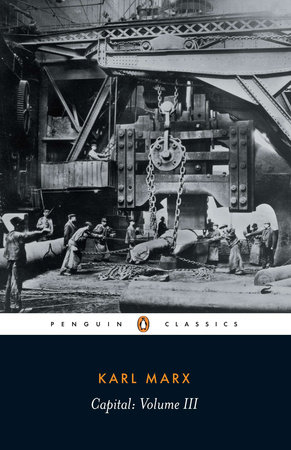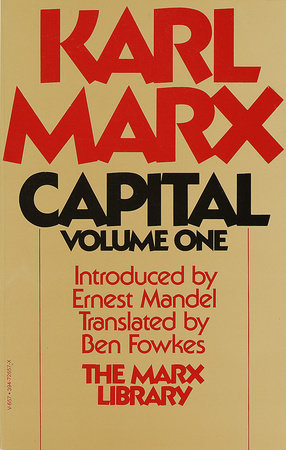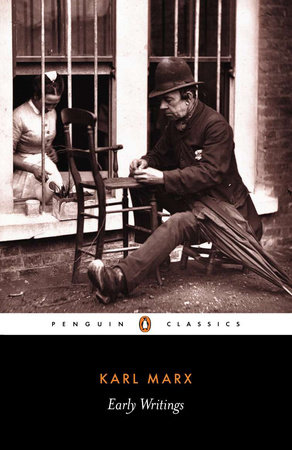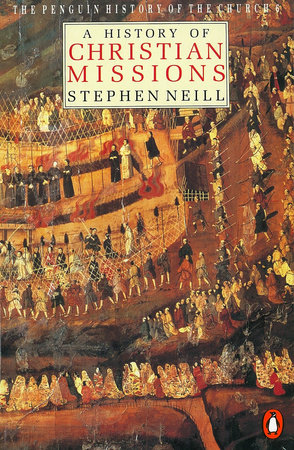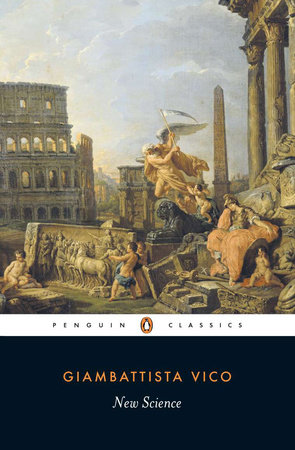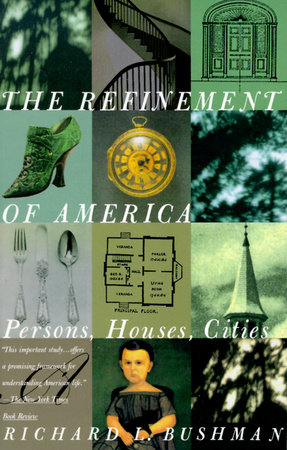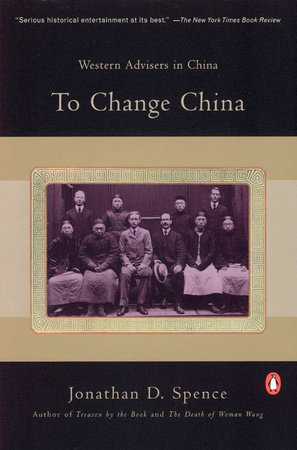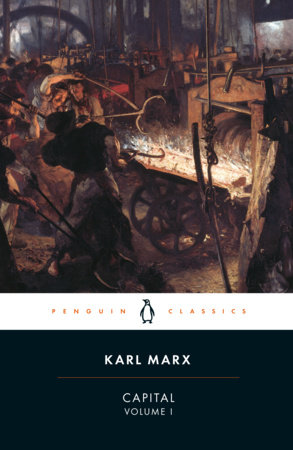

Capital
By Karl MarxIntroduction by Ernest MandelTranslated by Ben Fowkes

-
$21.00
Published on May 05, 1992 | 1152 Pages



Published on May 05, 1992 | 1152 Pages
Author
Karl Marx
Karl Marx (1818–1883) was a philosopher, social scientist, historian, and revolutionary. He is without a doubt the most influential socialist thinker to emerge in the nineteenth century. Although he was largely ignored by scholars in his own lifetime, his social, economic, and political ideas gained rapid acceptance in the socialist movement after his death. In Paris, Marx developed his lifelong partnership with Friedrich Engels (1820–1895).
Learn More about Karl Marx